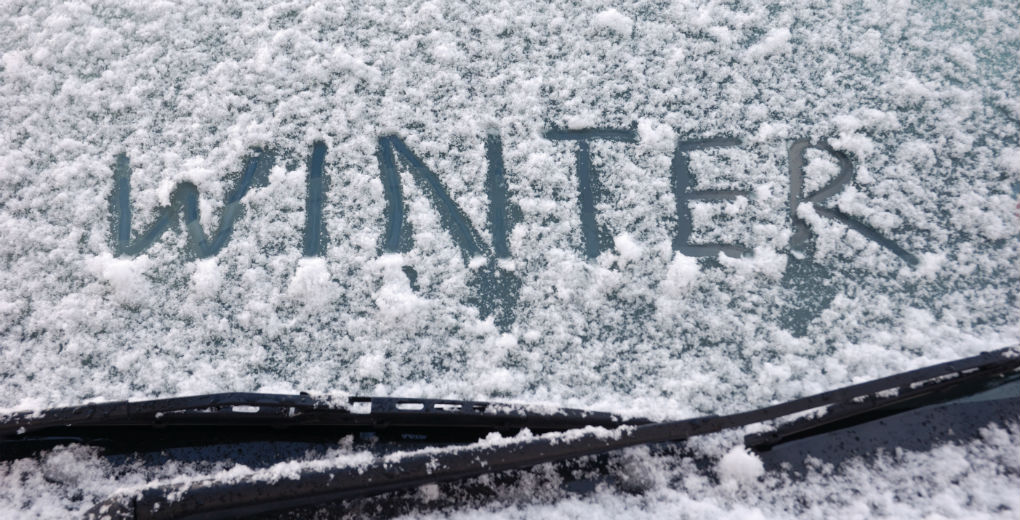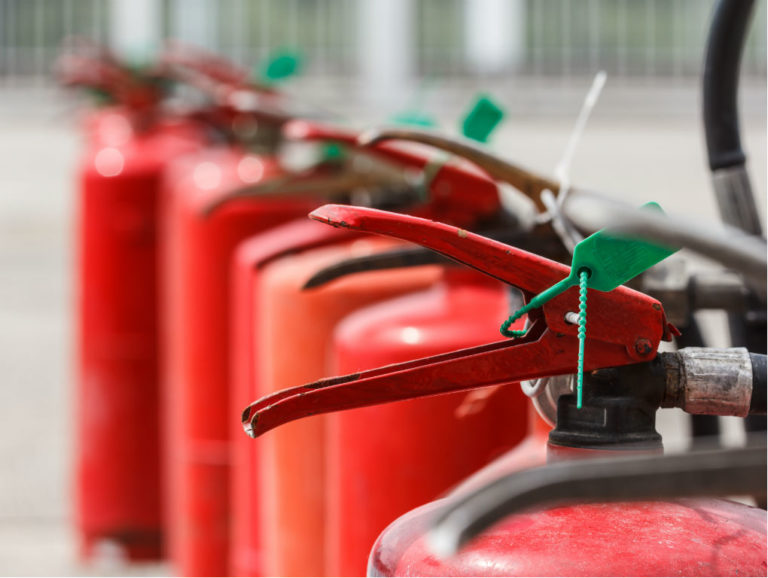With the weather predicted to take a turn for the worse this week, now’s a good time for a reminder on the basic rules of safety when driving:
- Carry out an initial vehicle check at the start of the winter – it’s worth checking your wiper blades, washer fluid, oil levels, anti-freeze and tyre tread depth
- If you live or work in an area particularly susceptible to snow or ice, consider switching over to winter tyres
- Allow extra time before each journey to fully defrost your vehicle – make sure you don’t leave your vehicle unattended with the engine running as this could invalidate your insurance
- Ensure that your windows and mirrors are clear of snow and ice before setting off. It’s a good idea to also clear any snow off the vehicle’s roof as this could be a hazard to other road users
- Use your headlights sensibly to improve visibility – in addition to the obvious night time driving, it’s recommended that you use headlights when it’s raining; an hour after the sun rises and an hour before the sun sets
- Use the vehicle’s heater controls in cold and/or wet weather to prevent the windows from misting up
- Particularly if you’re going on a longer journey or an an unfamiliar route, make sure that you have the essentials to hand e.g. de-icer, shovel, food, fully charged mobile phone, water, warm clothing, spare tyre, battery jump leads etc
- Check your vehicle’s battery to ensure it’s clean/dry and that the terminals are tight and free from corrosion. Batteries more than 3-4 years old are more susceptible to failing in cold weather so should be checked and replaced if necessary
- Be vigilant for other road users in strong winds – particularly motorcyclists and drivers of high sided vehicles i.e. vans/HGVs
By following the above advice and using some common sense, you’re far more likely to have an incident free winter.




